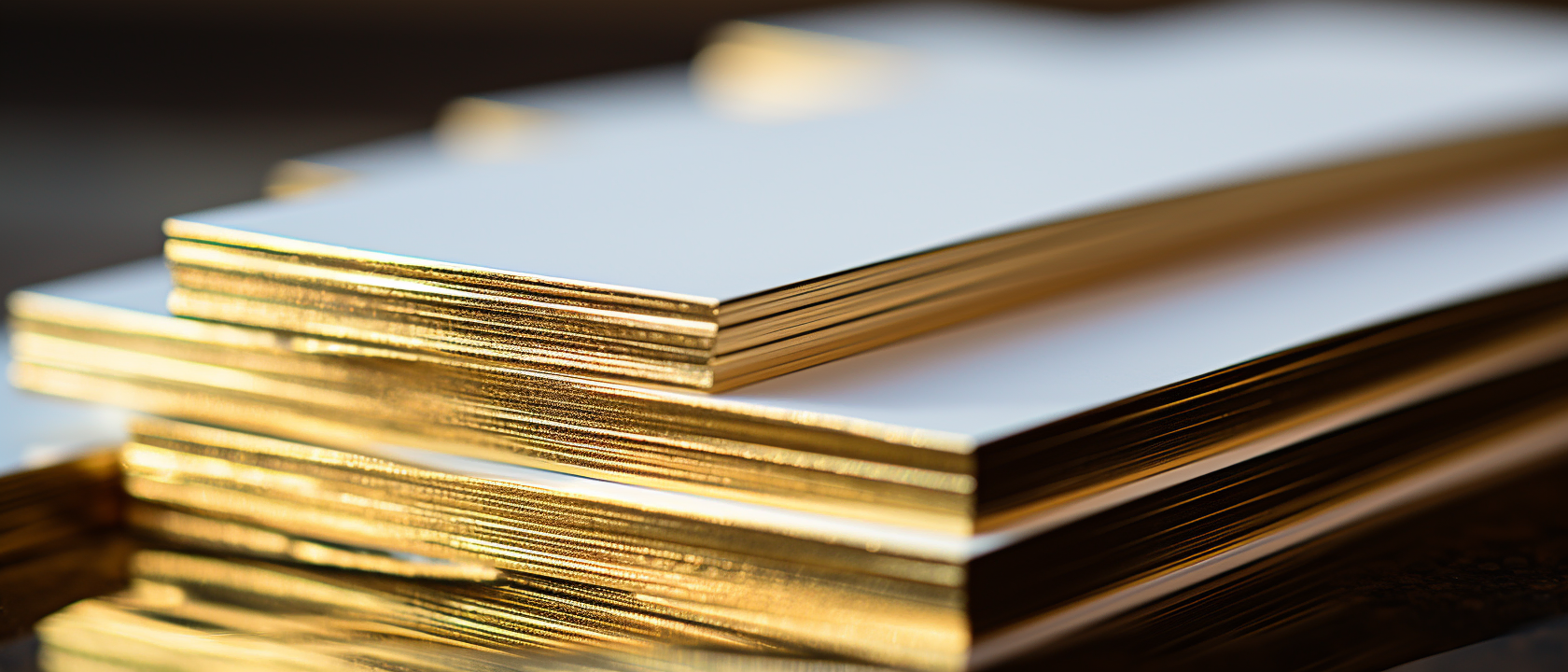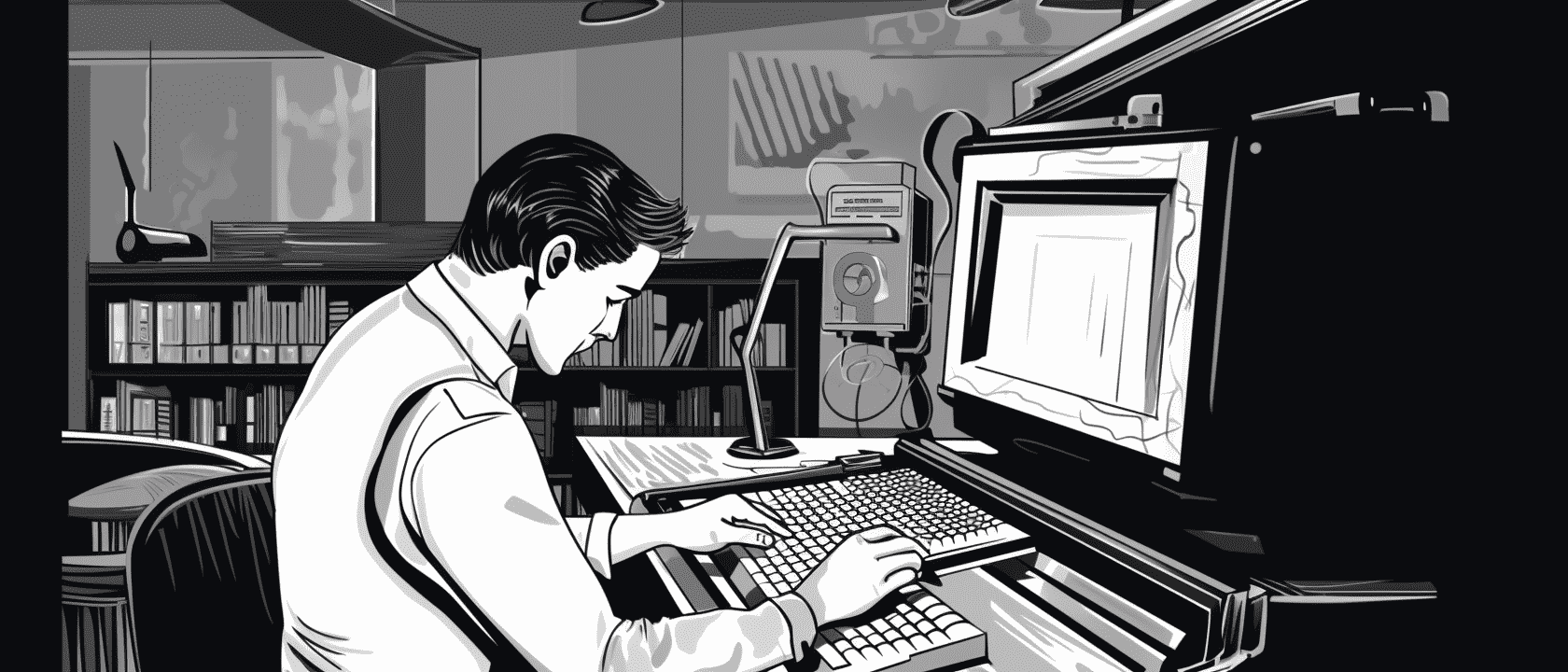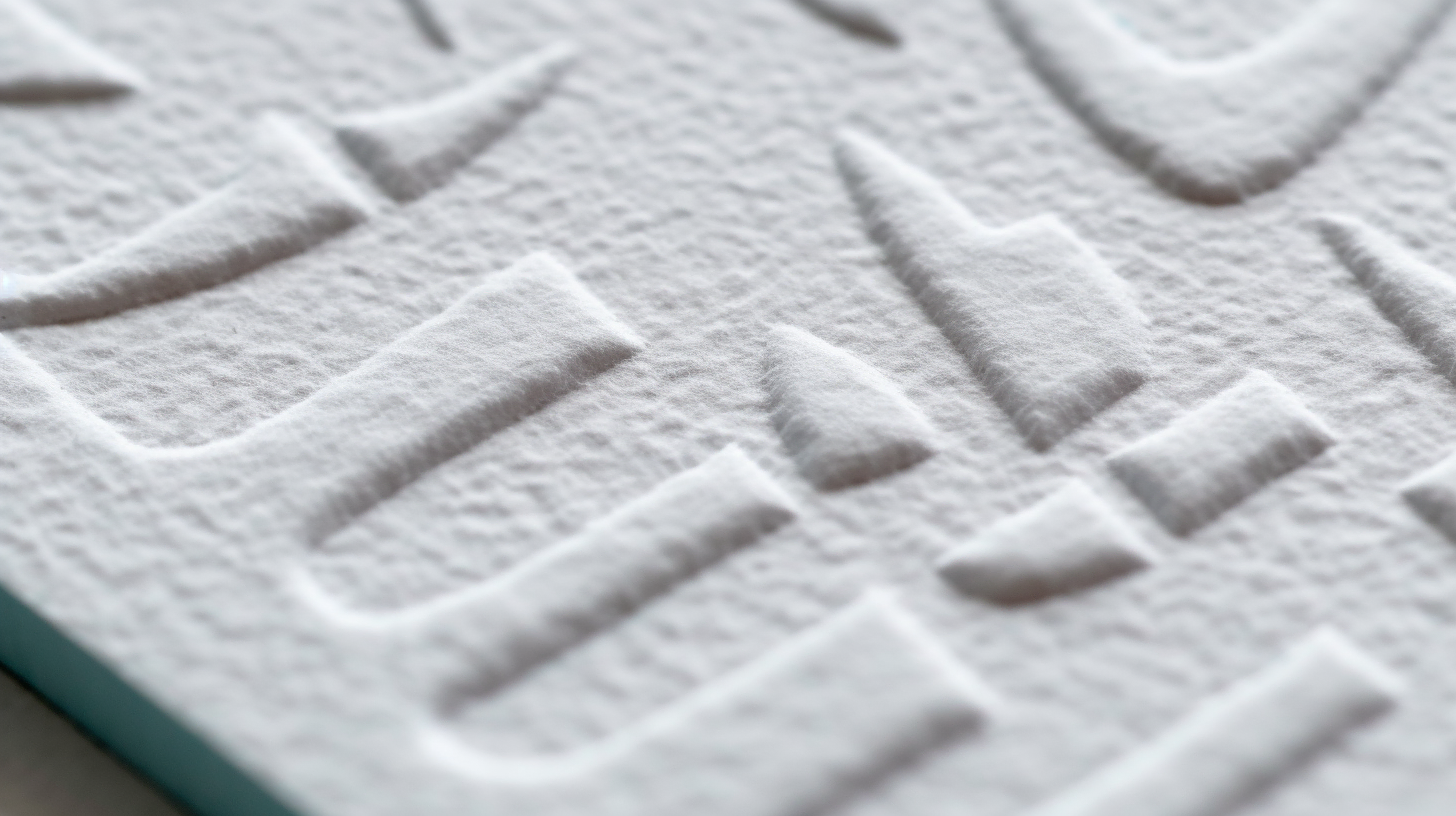Edge Foiling

Table of Contents
- Master Edge Foiling: A Comprehensive Guide to Gilding Book Edges
- Key Takeaways
- The Art of Edge Foiling: Techniques and Materials
- Essential Tools for Edge Foiling
- Step-by-Step Guide to Edge Foiling
- Tips for Achieving a Perfect Gilded Edge
- Edge Foiling Inspirations and Applications
- Troubleshooting Common Edge Foiling Issues
- Summary
- Frequently Asked Questions
Master Edge Foiling: A Comprehensive Guide to Gilding Book Edges
Have you ever marveled at the beauty of gilt edges on a book, wondering how those luxurious finishes were achieved? Look no further! In this comprehensive guide, we’ll delve into the fascinating world of edge foiling, exploring various techniques and materials to help you master this stunning art form. From traditional gold leaf to hot stamping foil methods, we’ve got you covered. So, let’s embark on a journey to transform ordinary book edges into extraordinary masterpieces!
Key Takeaways
Edge foiling is a time-honored technique for creating gilt edges on book pages.
Essential tools and techniques, such as adhesive selection and proper foil handling, are key to achieving successful results.
Troubleshooting tips can help prevent common issues such as uneven or patchy application, peeling/lifting of the foil, and smudging.
The Art of Edge Foiling: Techniques and Materials
Edge foiling, also known as gild book edges, is a centuries-old craft that adds an exquisite touch to any book. With a variety of materials available, such as gold leaf, synthetic gold, and other metals, the possibilities for achieving eye-catching results, including a gilt edge, are endless.
This part covers two popular techniques in the gilding process: the traditional gold leaf method and the hot stamping foil technique.
Traditional Gold Leaf Method
The traditional gold leaf method is a time-honored technique for creating refined gilt edges on book pages. Real gold leaf is carefully applied to the paper edge using a water-based adhesive, resulting in a luxurious finish. Handling the delicate gold leaf with care is vital for a flawless gilded edge, as any mishandling can cause a gold leaf fall.
Gently fold any excess gold leaf over the edge with a soft bristled paintbrush, tearing the sheet delicately. For the best outcome, use a gentle tapping motion to press the gold leaf into the adhesive. Patience and precision are key in this process, as the gold leaf can easily tear or crease if mishandled.
Hot Stamping Foil Technique
The hot stamping foil technique is an alternative to the traditional gold leaf method, offering a more streamlined process for applying foil to book edges. In this technique, heat and pressure are used to transfer a metallic or pigmented foil onto the paper surface, resulting in a glossy and long-lasting finish.
For a perfect gilded edge using the hot stamping foil technique, handle the foil carefully to ensure even coverage and avoid creases or tears. By following these guidelines, you can create a high-quality finish that rivals the elegance of traditional gold leaf edge gilding.
Essential Tools for Edge Foiling
Gathering the right tools and materials is crucial before you delve into the world of edge foiling. Some essential tools for edge foiling include:
Foiling machine or hot foil pen
Foil rolls
Foil adhesive
Foil release sheets
Brushes or applicators
Cutting tools
Heat source
Protective gloves
Cleaning supplies
Bookbinding tools
The succeeding subsections will emphasize the significance of selecting the appropriate adhesive and brush for your edge foiling project.
Choosing the Right Adhesive
Selecting the appropriate adhesive is a critical aspect of successful edge foiling. A heat-activated foil adhesive is the most suitable type for this purpose, as it provides a strong bond between the foil and paper when activated by heat, typically via a foil stamping machine.
Applying all the adhesive evenly and waiting for it to cure till it gets tacky before applying the foil is crucial. This will ensure optimal adhesion and a smooth, even finish.
Selecting the Best Brush
Choosing the right brush, such as a small soft bristled paintbrush, can significantly impact the final result, granting you a flawless edge foiling finish. A soft-bristle brush is recommended for applying adhesive and foil, as it provides gentle, even coverage without damaging the delicate materials.
Maintaining your brush’s longevity requires proper care. After each use, rinse the brush with warm water and mild soap, reshape the bristles, and allow the brush to air dry.
Step-by-Step Guide to Edge Foiling
Having familiarized yourself with the techniques and tools for edge foiling, now we’ll walk through a comprehensive step-by-step guide.
From preparing the book edges to applying adhesive and foil, and finally adding the finishing touches, we’ll cover everything you need to know to create a stunning gilded edge.
Preparing the Book Edges
The first step in edge foiling is to prepare the book edges. Begin by gently cleaning the book with a cloth to remove any dust particles, including any clay bole ground residue from the paper edges.
Next, lightly sand the page edges to create a smooth surface that will allow for better adhesion of the foil. Be sure to remove any excess dust generated by the sanding process using a cloth or brush.
Applying Adhesive and Foil
Once your book edges are prepped, it’s time to apply the adhesive. Use a thin layer of adhesive, such as a water-based adhesive, and apply it to the book edges using a brush or roller. Allow the adhesive to cure until it reaches a tacky state before applying the foil.
Cut a piece of foil slightly larger than the book edge and gently press it onto the adhesive, starting from the center and working outward. Use a bone folder or a soft cloth to remove any wrinkles or air bubbles.
Finishing Touches
After applying the foil, it’s important to add the finishing touches. Carefully trim off any excess foil using a sharp knife or scissors. If desired, apply a sealant, such as varnish or shellac, to protect the gilded edge and ensure its longevity.
Finally, gently flip through the pages of the book to loosen them and ensure they are ready for use.
Tips for Achieving a Perfect Gilded Edge
Achieving a perfect gilded edge can be challenging, even when armed with the right tools and techniques. This section offers expert advice and tips on careful foil handling, ensuring even coverage, and avoiding common foiling mistakes.
Handling Foil with Care
Delicate foil materials require gentle handling to avoid tears or creases. Always ensure your hands are clean and dry when manipulating foil during edge foiling.
Cut the foil into manageable strips and take extra care when positioning the foil onto the adhesive. Smooth out any wrinkles or bubbles with a soft cloth or burnishing tool.
Ensuring Even Coverage
Applying the adhesive and foil with precision is crucial to achieve a consistent, even layer of foil on your book edges. Use a brush or roller to apply a thin layer of adhesive and allow it to cure until it reaches a tacky state before applying the foil.
Gently press the foil onto the adhesive, starting from the center and working outward, using a bone folder or soft cloth to ensure even adhesion.
Edge Foiling Inspirations and Applications
Edge foiling is not limited to books alone. This versatile finishing technique can be applied to a wide range of products, such as:
Business cards
Invitations
Stationery
Packaging
The possibilities are endless, with various foil colors and designs available to suit your personal style or brand identity.
Whether you’re inspired by Art Deco, nature, vintage designs, or cultural influences, edge foiling can add that extra touch of elegance to your creations.
Troubleshooting Common Edge Foiling Issues
You might encounter some common edge foiling issues like uneven or patchy foiling, peeling or lifting of the foil, or smudging, despite your best efforts.
This section will provide solutions to these issues and ensure a high-quality finish.
Fixing Uneven Foil Application
While uneven foil application can be frustrating, it’s far from insurmountable. To rectify this issue, try the following steps:
Use a heat gun or hairdryer to soften the adhesive and make it more malleable.
Apply additional adhesive if needed.
Use a burnishing tool or bone folder to ensure even adhesion.
If all else fails, you may need to remove the foil and start the process anew.
Preventing Foil from Peeling or Wearing
Taking proper care is essential to maintain the longevity and appearance of your edge foiled books. Use a strong adhesive and apply it evenly to ensure a secure bond between the foil and paper. Additionally, using a heat gun to help the foil adhere to the book edge is recommended.
To further protect the gilded edge, apply a sealant, such as varnish or shellac, over the foiled area once it has been properly adhered. This can help prevent the foil from peeling or wearing over time.
Summary
In conclusion, edge foiling is a beautiful art form that can add a touch of elegance to any book or product. By mastering the techniques, choosing the right materials, and following our expert tips and troubleshooting advice, you can create stunning gilt edges that will stand the test of time. So, gather your tools, unleash your creativity, and embark on the exciting journey of edge foiling!
Frequently Asked Questions
How do you foil page edges?
Foil page edges by clamping a text block between two pieces of chipboard and sanding to a shine. Then use an iron, without adhesive, to press the foil onto the page. The temperature does not need to be regulated.
What is edge gilding?
Edge gilding is the process of applying a metallic foil to the outer edges of a book, typically in gold or silver but with other colour options available.
What is the purpose of gilding?
Gilding is a decorative technique that adds beauty and protection by applying fine gold or powder to surfaces such as wood, stone, glass or metal. The result is an elegant, eye-catching finish that dates back to ancient times.
What materials are suitable for gilding book edges?
Gilding book edges can be done using synthetic gold or gold leaf fall, along with other metals. These materials can be applied to the edges of books to give them a luxurious, finished look. The process is relatively simple and can be done with a few basic tools. First, the
What are the essential tools required for edge foiling?
Edge foiling requires a foiling machine or hot foil pen, foil rolls, adhesive, release sheets, brushes, cutting tools, heat source, gloves, cleaning supplies, and bookbinding tools to create desired results. These tools are necessary to achieve the desired results of edge foiling. Without them, the process would be difficult and the results would be unsatisfactory. Additionally, it is important to have a good understanding of the process and the materials used in order to achieve the best results.


